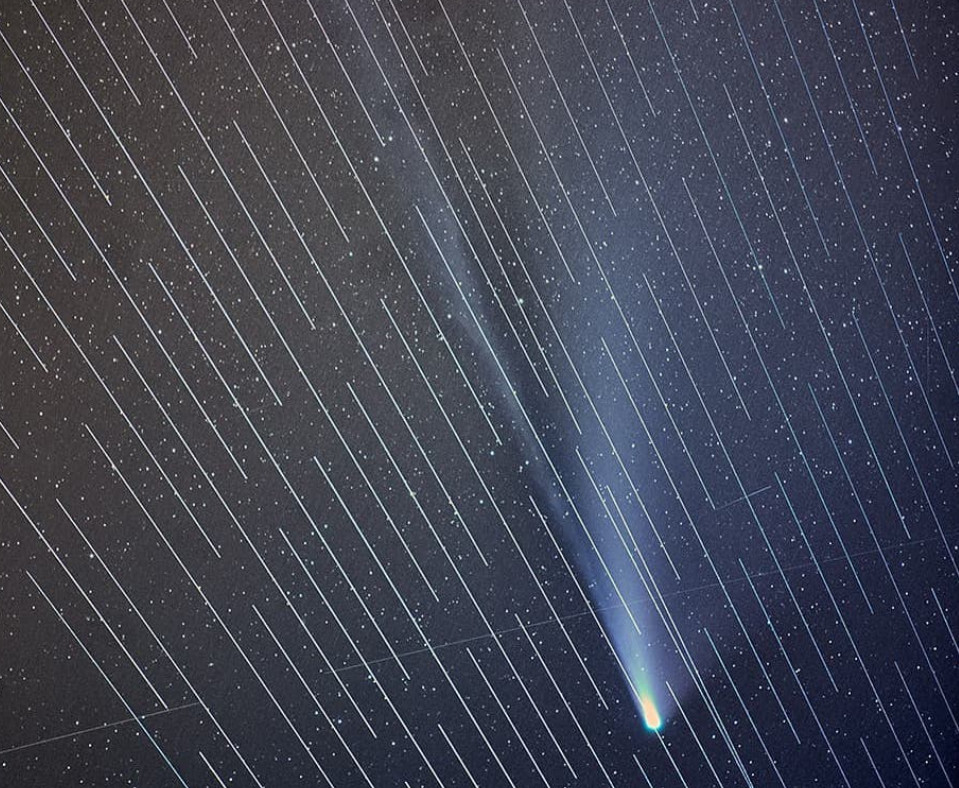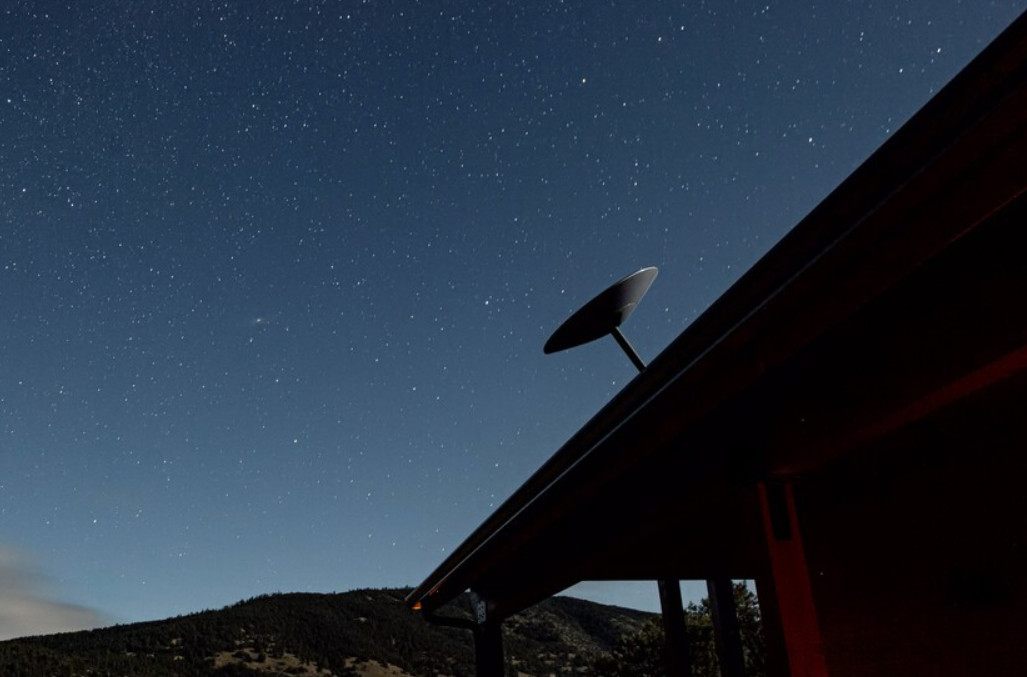The next generation of Starlink satellites will become “invisible” and no longer affect the astronomy world
- Tram Ho
SpaceX has announced new upgrades to the Starlink 2.0 satellite and pledged the change will help avoid impacting the global astronomical community.

The upgrades address issues caused by Starlink satellites reflecting sunlight as they orbit the Earth. If the new technology works as well as SpaceX claims, it will make the Starlink satellite system “invisible” and invisible to the naked eye at standard altitude.
The above information comes after the efforts of the global astronomy community to protest against SpaceX and the Starlink project due to its impact on space research.
SpaceX listened and partnered with the astronomy community
Starlink’s satellites have had an adverse effect on the global astronomy community. Samantha Lawler, an astronomer at the University of Regina in Canada, said: “It’s hard for us to do scientific research over a period of time, and all of our activity comes from taxpayers. So the payer. taxes pay higher costs for the same amount of scientific research just because of the actions of a private company”.
SpaceX has released a set of public documents outlining new measures it will take to reduce the impact of internet satellite beams on the astronomical community. The new measures are especially important in light of SpaceX CEO Elon Musk’s announcement that there will be “more than 4,200 Starlink satellites in operation over the next 18 months”, accounting for two-thirds of all operating satellites. About 2,300 Starlink satellites are currently in orbit, and SpaceX has approved another 30,000.
In the new document, SpaceX details how the company is working with astronomers to develop new elements that help reduce the amount of sunlight reflected back to Earth from the Starlink satellites. The Starlink satellite is most visible during the first few hours after dusk, when astronomical studies of comets and near-Earth asteroids take place. Even NASA once warned that the Starlink satellite could hinder its ability to detect a potentially dangerous asteroid heading towards Earth.
SpaceX has previously tried mounting a “solar visor” on satellites. However, the company says these visors block the sun’s rays and can block laser links on Starlink. They also create too much drag in the atmosphere, causing satellites to use more fuel to maintain orbit.

To replace these shields, SpaceX invented a reflective film on the satellite. This film helps scatter most of the sunlight and reflects it further away, meaning it will be less focused and less visible from Earth. SpaceX says the new film applied on the Starlink 2.0 satellite will reduce the reflected brightness by ten times compared to the current version.
SpaceX also revealed it will use darker materials on the satellite to make the surface less reflective. Now SpaceX will start using “dark red” pigment instead of white material on the satellite’s photovoltaic cells. For Starlink 2.0, it will use “low reflectivity black” paint on parts that cannot be covered with mirror film.
Finally, SpaceX explains the company will direct Starlink 2.0’s solar panels away from the Sun at specific times of the day. Specifically around dusk, they will point the solar panels away so that the satellites reflect less light towards the Earth. However, this also reduces the received power by 25% for the satellite. But SpaceX has been preparing for this problem on the second generation of satellites.
Importantly, the above measures will make the Starlink satellite invisible when traveling at standard altitude. SpaceX shared that it is working on additional methods to reduce reflections for some satellites that have entered orbit.

Of course, SpaceX isn’t the only company with the goal of putting hundreds or thousands of new internet satellites into orbit. Amazon recently signed a contract to launch 83 launches to send satellites from Project Kuiper under development into orbit.
To achieve this goal, SpaceX says it will sell the new film technology to third-party operators. However, it remains to be seen whether SpaceX will partner with direct competitors like Amazon. Besides, it is also necessary to see exactly how effective the new measures are in practice. However, in theory, this seems like a positive step for SpaceX and the astronomical community to grow together.
Refer to Interestingengineering
Source : Genk
